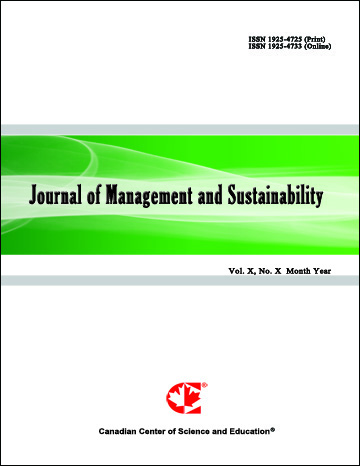Statistical Capacity, Human Rights and FDI in Sub-Saharan Africa Patterns of FDI Attraction in Sub-Saharan Africa
- Alexander Kriebitz
- Laud Ammah
Abstract
Foreign Direct Investment (FDI) is commonly perceived as one of the main drivers of technological progress and socio-economic development. At the same time, FDI is often regarded as an instrument of stabilising authoritarian regimes, which disenfranchise the rights of citizens to increase rents generated by foreign firms. Given that both views are accurate, the improvement of human rights and economic development could constitute two conflicting goals. This particularly applies to Sub-Saharan Africa, where a sizeable number of countries are mired in poverty and governed by authoritarian power structures. In evaluating the importance of these soft factors, we examine two important institutional factors of FDI attraction: We address the question of whether human rights violations deter FDI attraction and explore whether FDI depends on the amount of available socio-economic information about the country to be invested in. For the latter, we use a novel variable, namely the Statistical Capacity Figures of the World Bank, which depicts an indicator of effectiveness of the national statistical systems. In order to analyse the relationship between human rights and FDI, we run a regression model covering 41 Sub-Saharan countries covering the years from 2006 to 2015.
- Full Text:
 PDF
PDF
- DOI:10.5539/jms.v10n1p162
Journal Metrics
Google-based Impact Factor (2021): 1.54
h-index (July 2022): 37
i10-index (July 2022): 147
h5-index (2017-2021): 12
h5-median (2017-2021): 19
Index
- Academic Journals Database
- ANVUR (Italian National Agency for the Evaluation of Universities and Research Institutes)
- CAB Abstracts
- CNKI Scholar
- EconBiz
- Excellence in Research for Australia (ERA)
- GETIT@YALE (Yale University Library)
- Harvard Library
- HeinOnline
- Infotrieve
- JournalTOCs
- LOCKSS
- MIAR
- PKP Open Archives Harvester
- RePEc
- Scilit
- SHERPA/RoMEO
- Stanford Libraries
- UCR Library
Contact
- Evelyn XiaoEditorial Assistant
- jms@ccsenet.org
